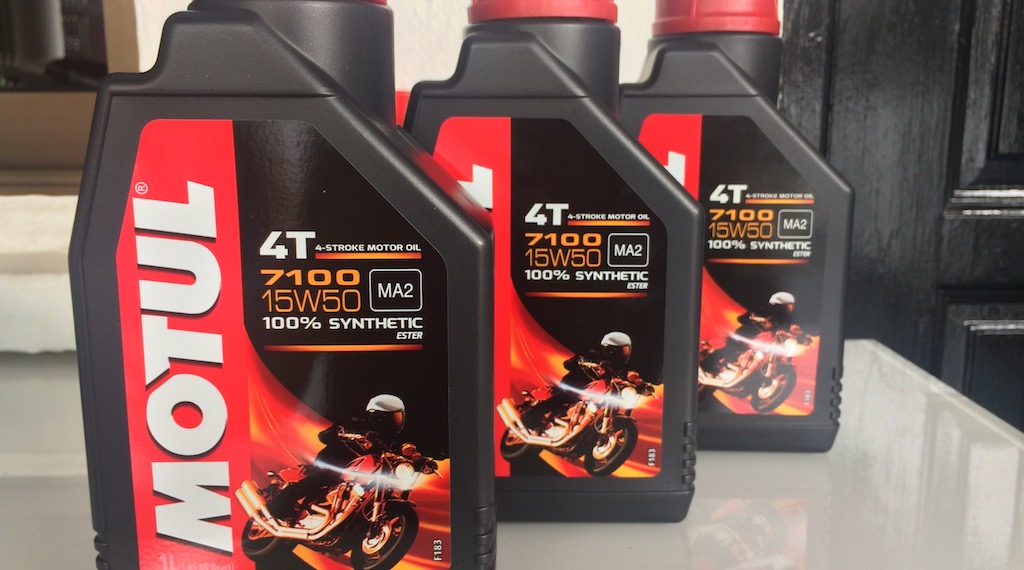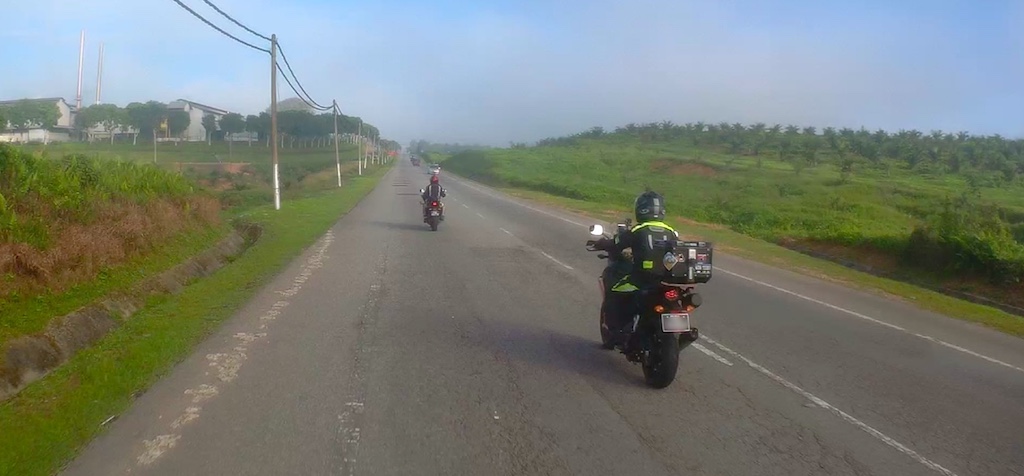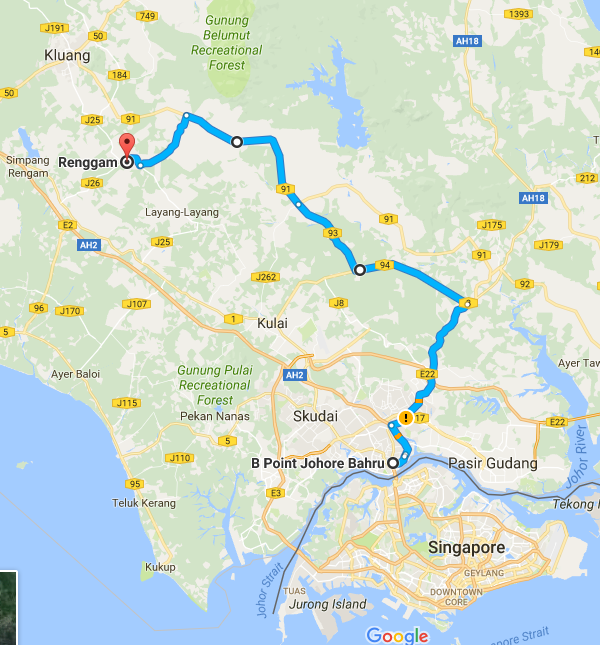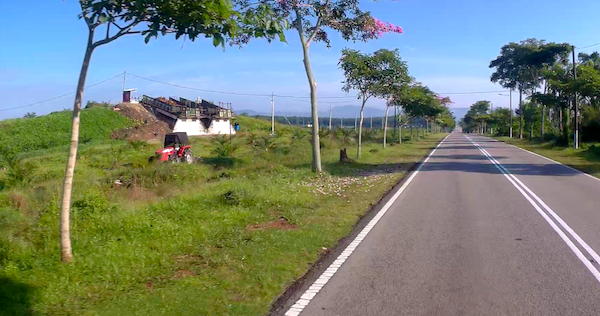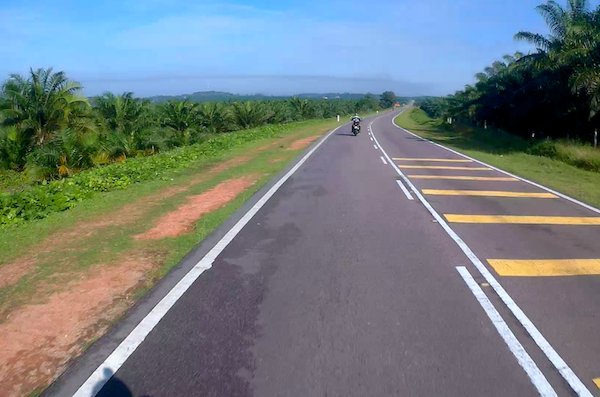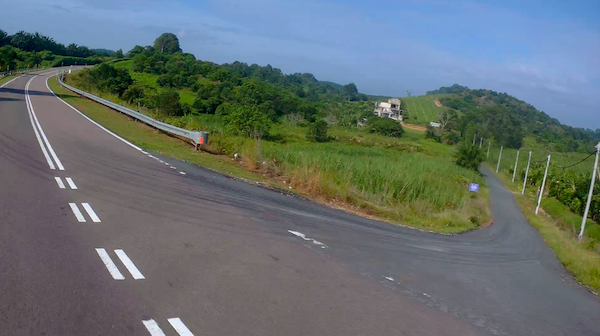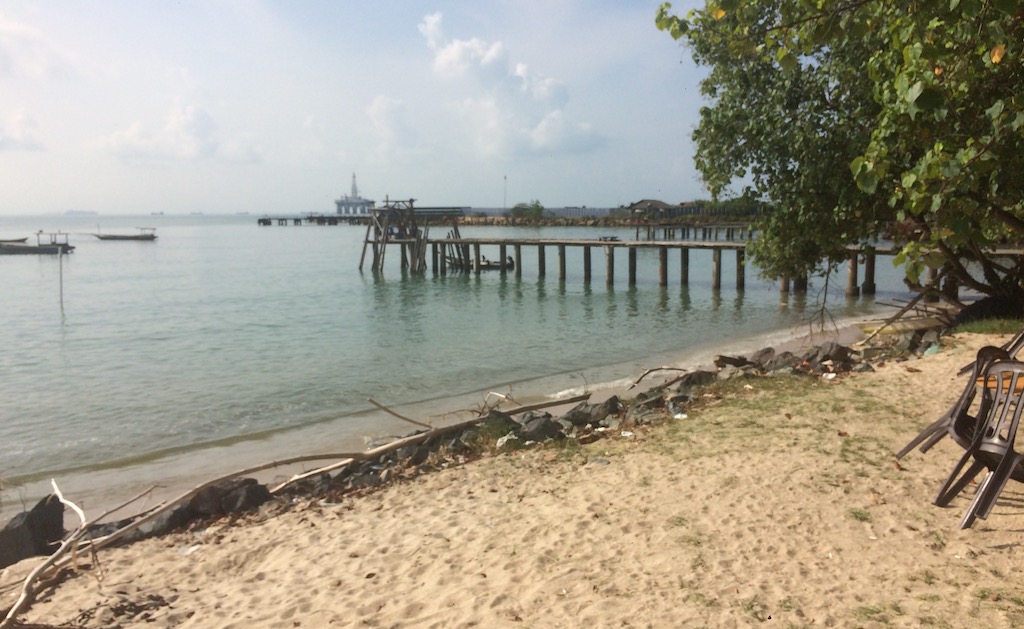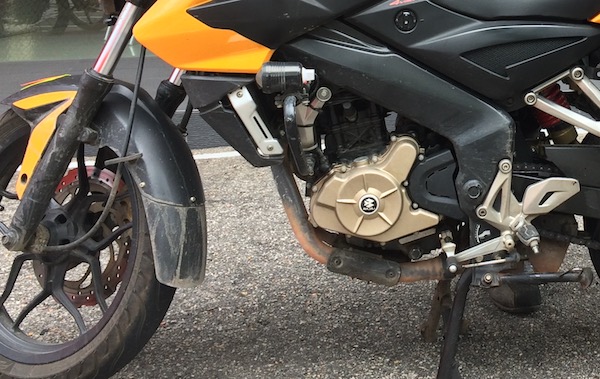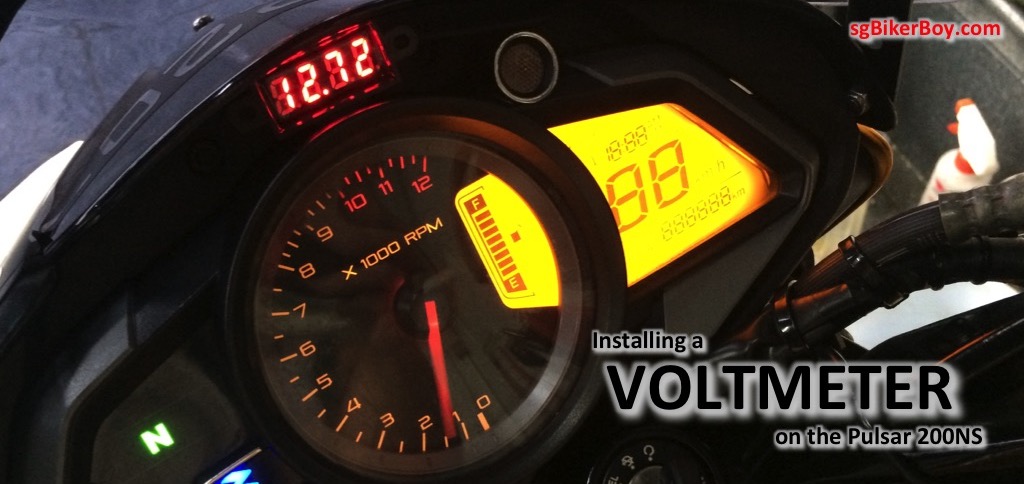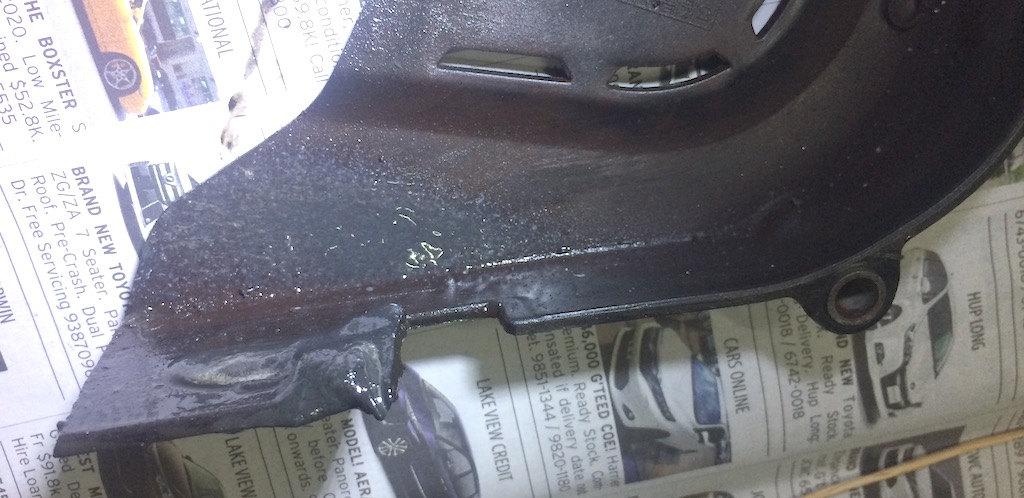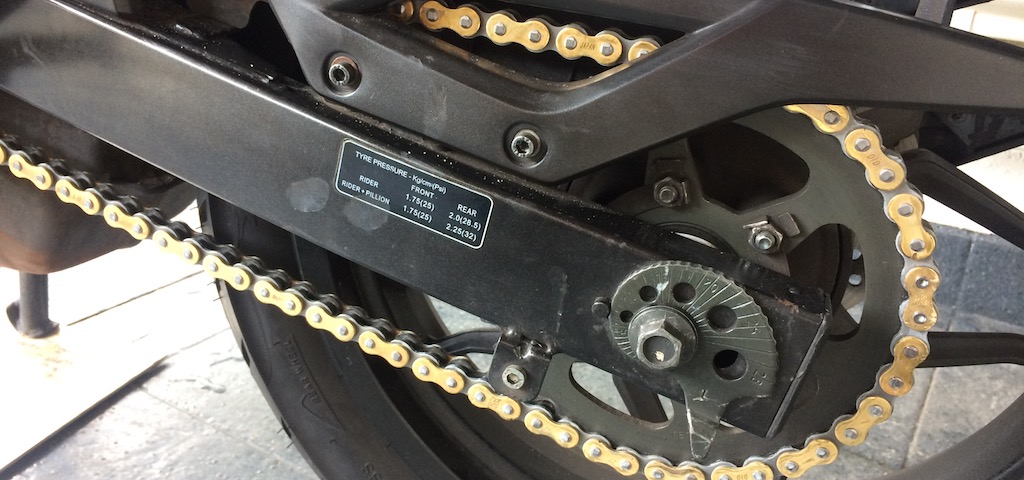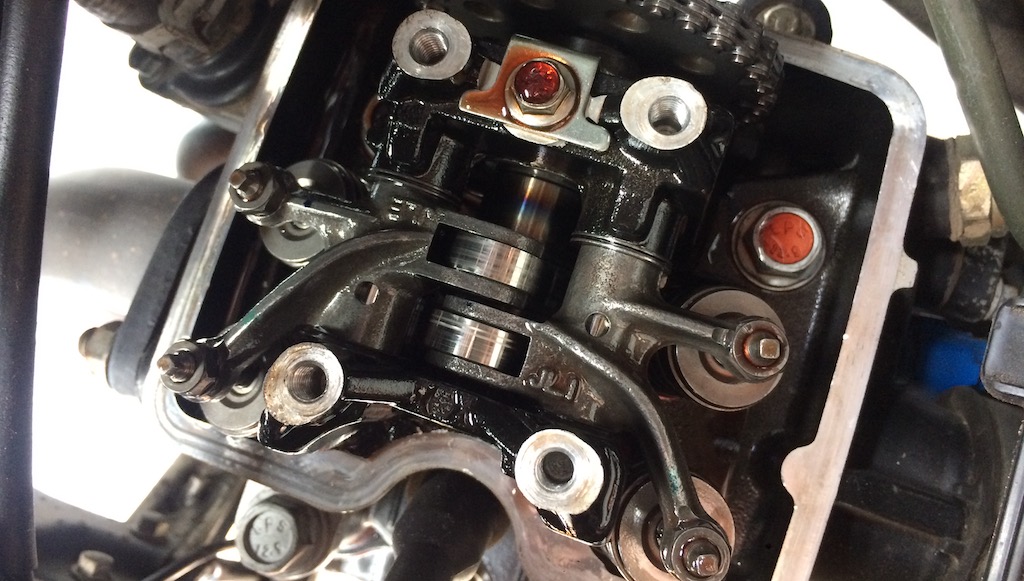This is crazy… At the Sunday Morning Ride, I was just talking to a fellow biker about carrying an extra bottle of engine oil for a long trip. And when I returned home after the ride, washed and waxed by bike, I realized that my oil inspection window was… EMPTY!
I had initially thought it was still “warm” after the ride and allowed some time pass to allow the oil to flow back down. But checked the oil window the next morning, still empty – no matter how I tilted my bike. 🙁
So I thought the high RPM run on Sunday might have something to do with it. No external oil leak was observed. So my worst fear was an internal engine oil consumption – aka oil “burning” up. Was it an engine gasket issue? Perhaps a valve oil seal failure? But it was only 17,000km since my engine was rebuilt in Chiang Mai, and I’d be very disappointed if an oil leak or oil consumption occurred.
As a temporary measure, I added Continue reading “Pulsar 200NS Engine Oil Anomaly”

